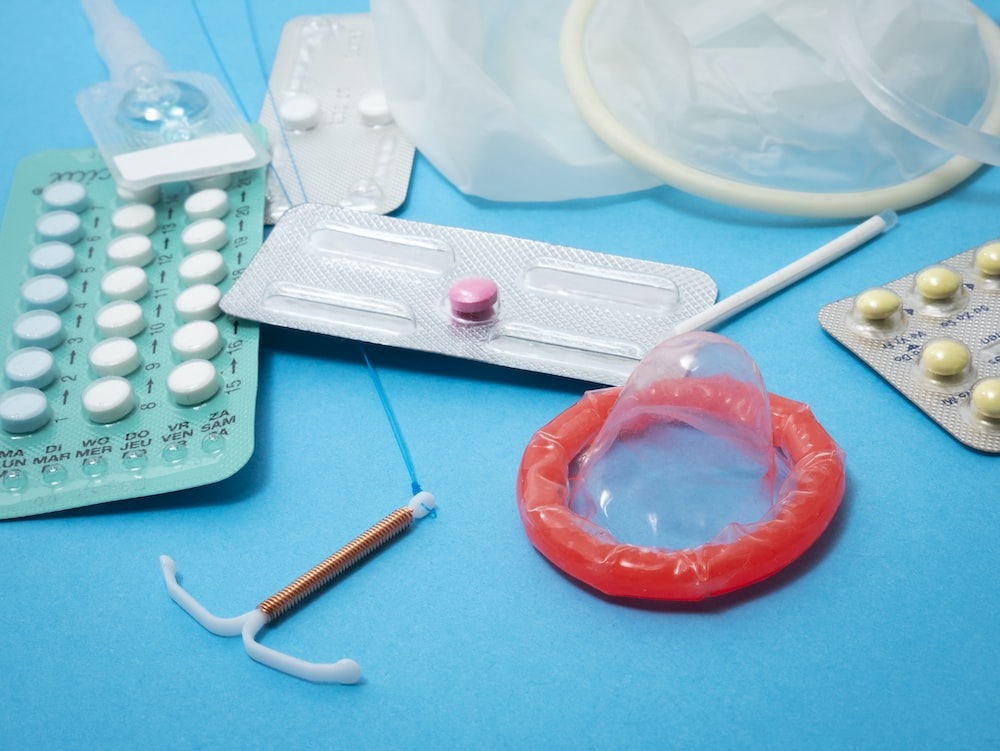Different Kinds of STDs and What You Can Do About Them

Sexually transmitted diseases (STDs) are spread between individuals through sexual contact. The disease-causing viruses, bacteria, or parasites travel through bodily fluids such as blood, saliva, semen, or vaginal discharge. STDs can sometimes also affect children who are breastfed by infected mothers.
This blog will discuss the symptoms of STDs, their different types, and how to get an STD treatment online.
STD Symptoms
Although each disease is different, and so are its symptoms, some conditions may not show signs at all. That’s why it is common for STDs to go unnoticed till they start acting up.
However, some common STD symptoms include:
- Burning or painful urination
- Abnormal vaginal bleeding
- Odorous or unusual vaginal discharge
- Penile discharge
- Genital, rectal, or oral sores or bumps
- Painful sexual intercourse
- Pain in the lower abdomen
- Swollen or sore lymph nodes, especially in the groin area
Symptoms or signs may become visible after a few days or weeks, depending on the severity. Now, let’s take a look at some STD types.

Common Types of STDs
1. Pelvic Inflammatory Disease (PID)
PID is caused when common sexually transmitted infections (STIs) like Gonorrhea, trichomoniasis, and chlamydia are left untreated. PID can also be caused by other bacterial infections and is reported to have affected 2.5 million women by the CDC.
2. AIDS
AIDS, or HIV, attacks the immune system and increases the likelihood of contracting other viral or bacterial infections, sometimes leading to cancer. There are quick, effective treatments for the disease, but some major symptoms include:
- Extreme weight loss
- Fatigue
- Body sores
- Infections
- Neurological disorders
3. Syphilis
The first layer of a syphilis infection appears as a small sore around the mouth, anus, or genitals. When untreated, it develops latently to reappear with many serious symptoms 10-30 years later. Some common symptoms are:
- Vision and hearing loss
- Poor memory
- Lacking mental health
- Heart diseases
Practicing safe sex can help reduce the risk of STDs. Having an open conversation with your partner about their sexual history, regular doctor visits for general checkups, and using protection keeps you from serious diseases.
When to See A Doctor
Prevention is the best strategy to avoid STDs. A latex condom and other forms of protection are the best options to reduce the risk of such diseases. If your symptoms seem similar or you are unsure about the symptoms, we recommend seeing a doctor just to be sure.
If you want to speak to a doctor about yoursymptoms, TelMDCare provides an online platform. We have a panel of virtual doctors for regular and emergency services that offer services throughout the country.
TelMDCare offers various services, from helping patients get STD treatment, providing online erectile dysfunction diagnosis, and offering vaginal infection treatment, as well as offering solutions for acne and general allergies. The company aims to provide access to affordable care for everyone. They offer consultations at a flat rate of $39 and provide acute and chronic care services.
You can contact them to book an appointment or click here to learn more about them.